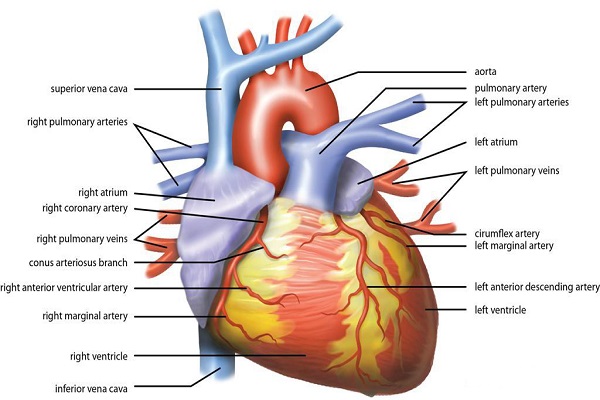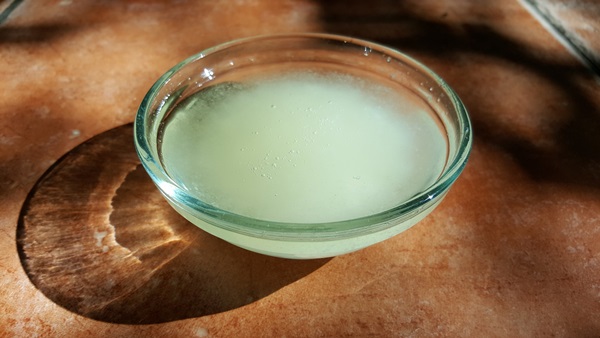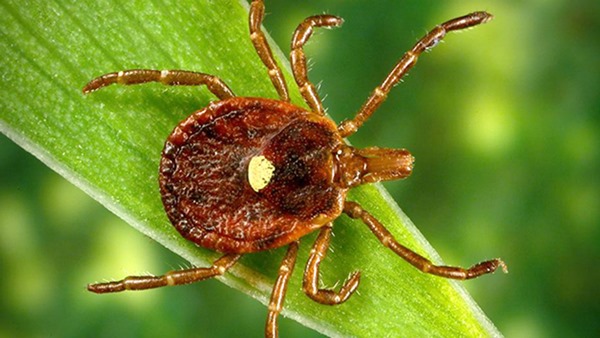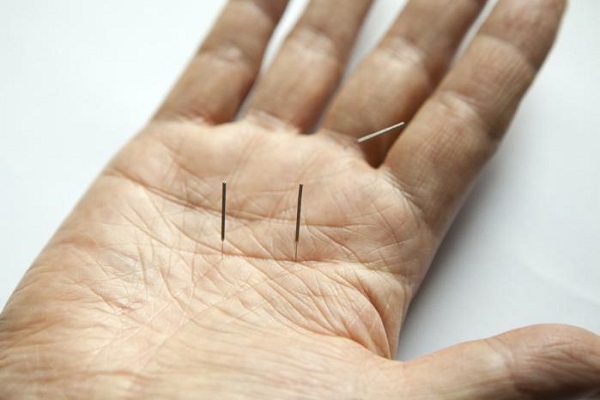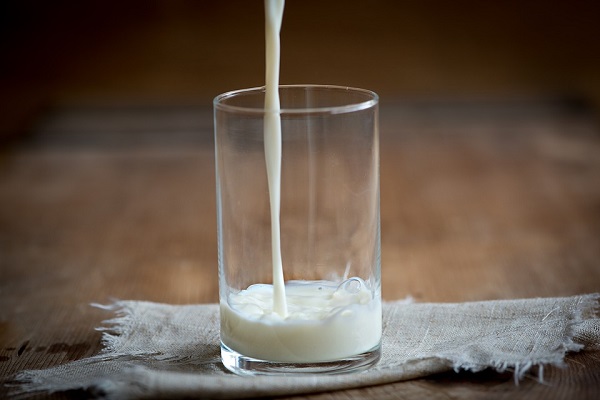A team of researchers managed to accomplish an impressive feat as they created a soft artificial heart prototype capable of beating almost like a real one. However, they still have their work cut out for them, as the prototype currently has a limited beating span.
A team of ETH Zurich Functional Materials Laboratory in Switzerland researchers are behind this new artificial heart. They managed to create it by using 3D printing technology and silicone.
The Soft Artificial Heart Is Almost an Exact Replica of a Real Cord
This heart prototype was designed to replicate a real human heart, as opposed to other existing blood pumps or cord replicas. The soft artificial heart employed the use of a 3D printer and is made out of silicone. It features almost the same compartmentation, only instead of two, it has three ventricles.
This additional chamber unlocks its ability to beat. The prototype weighs some 390 grams and has a volume of 679 cubic centimeters, which makes it a bit heavier than a real cord.
Its left and right ventricle are separated not by a septum but by the extra heart chamber. This acts as the cord muscle, as it helps move pressurized air that inflates and deflates the prototype.
The soft silicone heart can then beat as a regular real one, but only for some 3,000 times. About 30 to 45 minutes after it started beating, its silicone base starts breaking apart.
The research team is now working hard on improving its prototype. They will be looking to strengthen its material. Further enhancements will also have to help it function over longer periods of time. Still, as the research team states, this was solely a test, and their first target was creating an as real as possible heart. This in itself could open up a new path in organ replacement.
“This was simply a feasibility test. Our goal was not to present a heart ready for implantation, but to think about a new direction for the development of artificial hearts.”
Further tests, studies, and research will still be needed. But this is nonetheless an important step towards the creation of an as efficient as possible artificial heart.
Current study results are available in the journal Artificial Organs.
Image Source: Wikimedia
